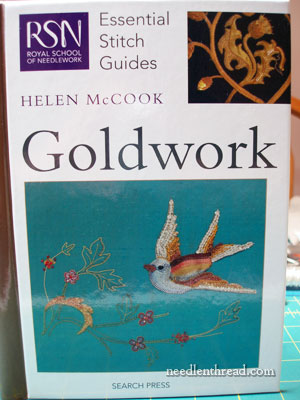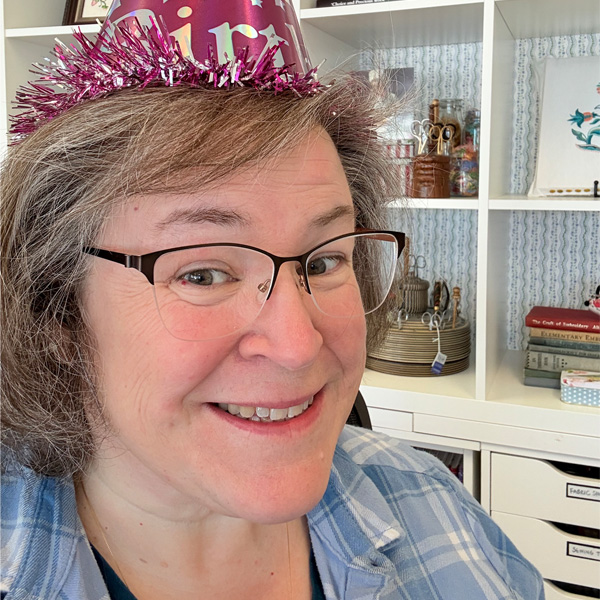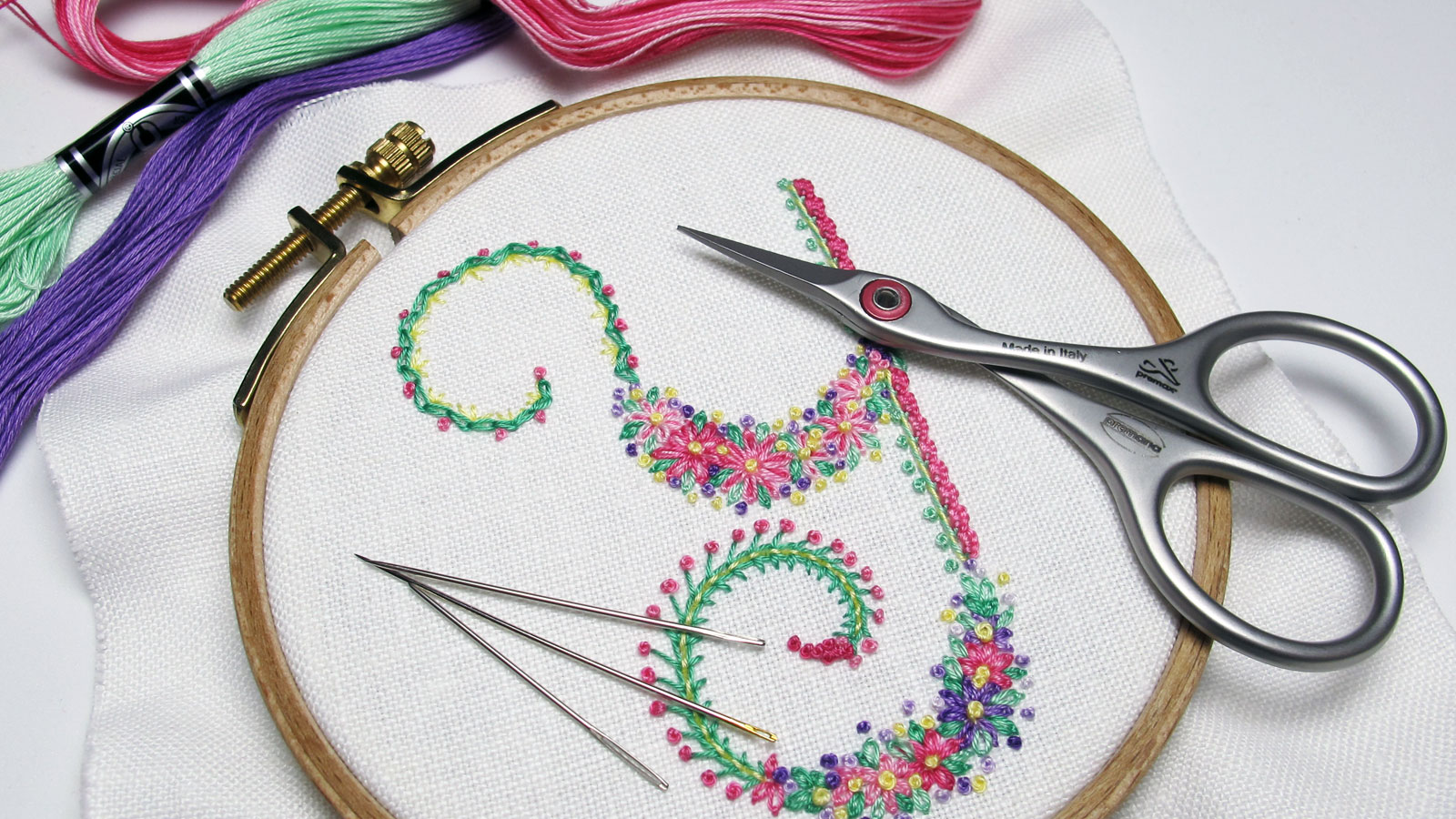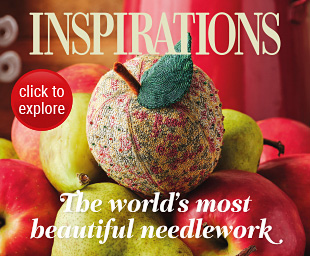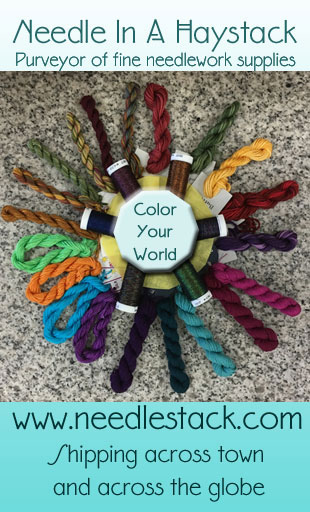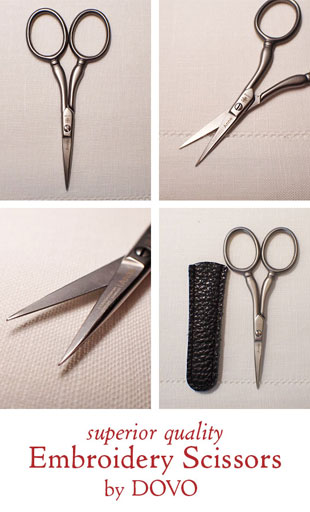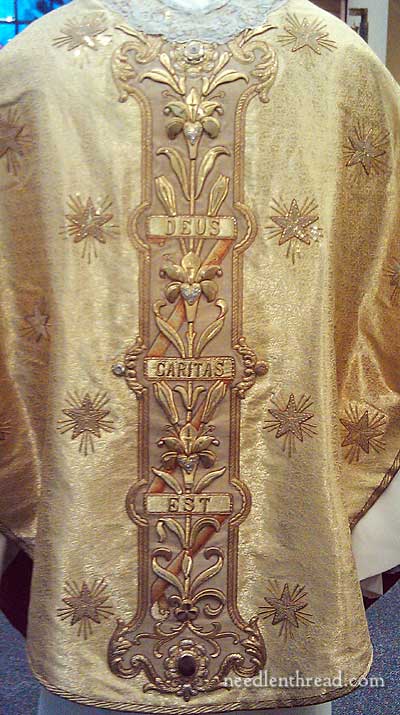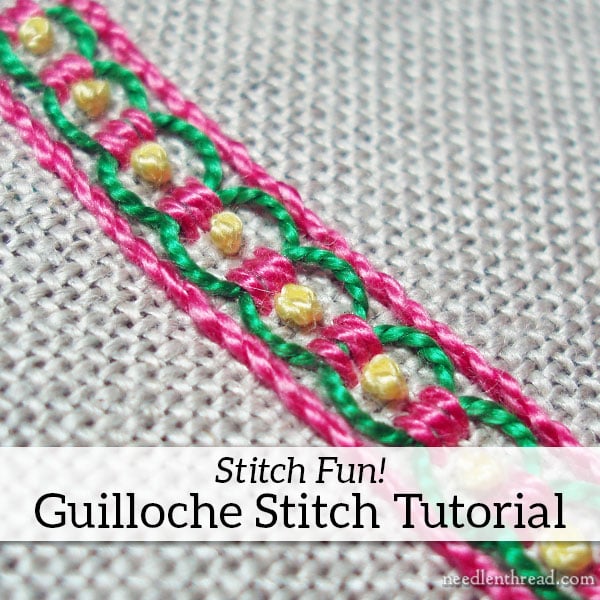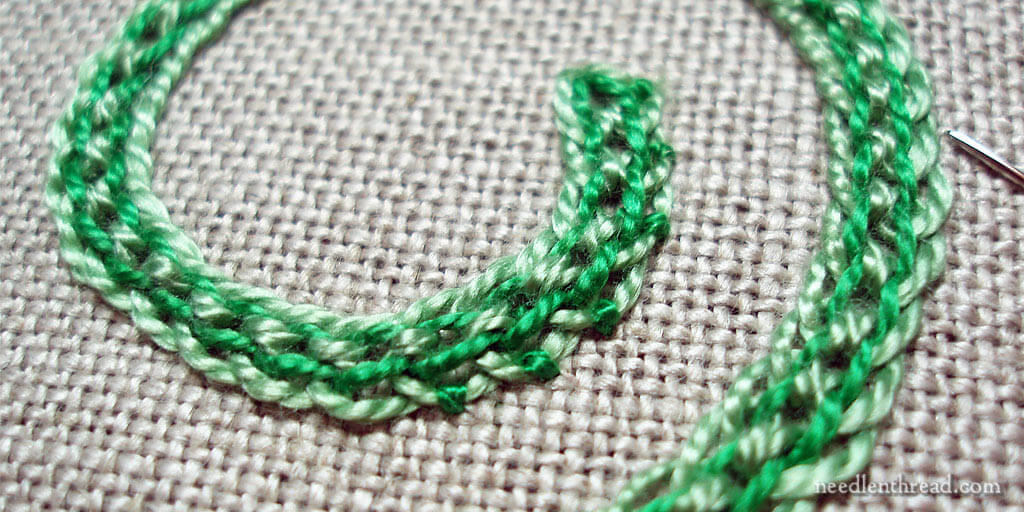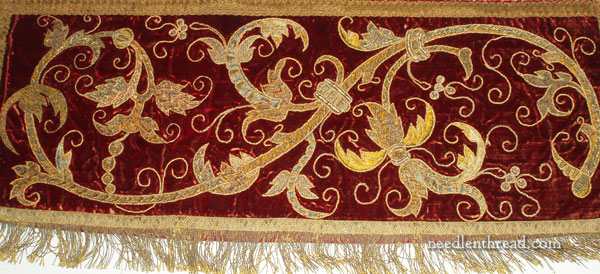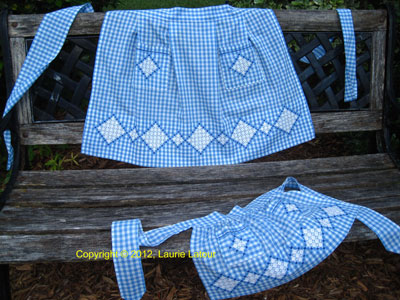You already know I’m an old needlework book junkie, don’t you? Old books can be expensive – but, with a bit of luck, you can stumble upon them for practically nothing at used book shops (takes some digging, I’ll admit), library book sales, online sources, and even garage sales.
I’ll never forget the happy day I found one lonely copy of Lucy Mackrille’s Church Embroidery and Church Vestments through a used book seller. I had been searching for a copy of it for years. At the time, there was one source selling photocopies of it, but it was very hard to find an original volume. This was before “virtual” libraries and collections became popular online, too. Well, I finally landed a copy – at $110 – and I bought it! I grimaced at the price but it’s an investment I’ve never regretted.
One part of that story – the ironic part – is this: within a year of buying the book, I found another copy of it in pristine condition (some of the pages hadn’t even been cut!), at a library book sale.
For 50¢.
So, see – it’s always worth looking, digging, burrowing, foraging about for old books, because you never know what treasures you’ll find – and if you find them at a bargain price, it’s like your birthday and Christmas all rolled into one!
Today, I’d like to share a pattern with you from a book in my collection. It’s a stylized rose, somewhat Morris-esque in design, and drawn from an altar frontal that is discussed in detail in the book.
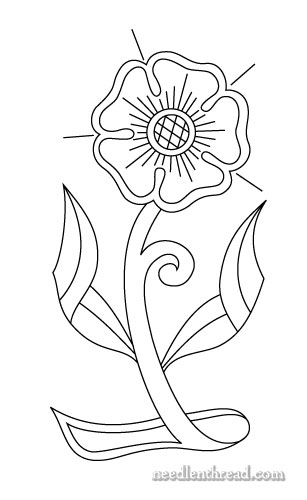 Continue reading “Free Hand Embroidery Pattern: Stylized Rose on Stem”
Continue reading “Free Hand Embroidery Pattern: Stylized Rose on Stem”
